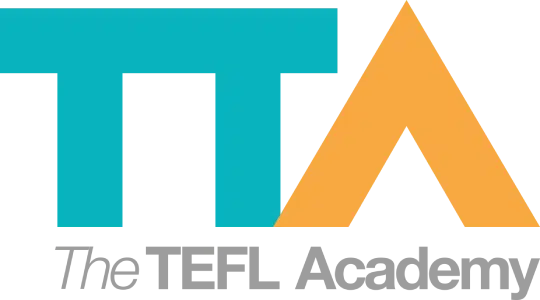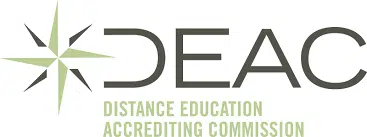How To Use Graphic Organisers In The Classroom
Join a global community of over 200,000 TEFL teachers working throughout the world! Enrol me!
This article will examine the use of graphic organisers in the classroom. From your TEFL course you should know that our learners all learn differently. According to Gardner’s theory of multiple intelligences, some learners are visual, some are auditory and some are tactile. What this means is that learners benefit differently from different forms of instruction. Visual learners learn best from graphic organisers which is pictures, images and visual displays. Basically, these learners benefit and learn better from seeing information presented in a visual way.
These learners would benefit from using graphic organisers in the classroom. This is not to say that graphic organisers would not be useful to other students. In fact, graphic organisers are a great way to present information or assist with comprehension for any learner.
What are graphic organisers?
Graphic organisers are also known as concept maps, mind maps or relationship charts. These offer a more visual way of presenting information that can also be presented in a table. They can describe, compare and contrast, classify, sequence, show cause and effect and illustrate decision-making processes. Examples are flow charts, spider maps, timelines, Venn diagrams, pie charts, word webs and word wheels.
Teachers will choose which graphic organiser will be used based on the particular text.
What are the advantages of using graphic organisers?
- Graphic organisers are visual; they provide a way for students to visualise information and so think about it differently
- They do not rely on language to be understood
- They can be used for all ages and language levels
- They can be constructed according to an individual or a group
- They can show complex information in a way that is easy to understand
- They support traditional ways of displaying meaning
- They can show a lot of information in a small space
- They force the learner to think about relationships
- They can identify gaps in understanding
How to use graphic organisers in the EFL classroom
They can be used however you see fit in the classroom. You can create a Venn diagram, for example, with the help of your students. Or you can let your students create their own mind map. Here are some typical uses :
- A timeline to illustrate the plot of a story
- A spider diagram to show relationships between vocabulary items
- A Venn diagram to show similarities and differences between ideas
- A flow chart to illustrate a process
- A mind map to record vocabulary
Graphic organisers are one tool we can use to help make learning a little bit easier for our learners. Using them adds another level onto the learning process. They will make the lesson more effective and the content more memorable.
Accreditation & Quality Assurance
The TEFL Academy was the world’s first TEFL course provider to receive official recognition from government regulated awarding bodies in both the USA and UK. This means when you graduate you’ll hold a globally recognised Level 3 (120hr) Certificate or Level 5 (168hr) Diploma, meaning you can find work anywhere and apply for jobs immediately.
 United States
US
United States
US












